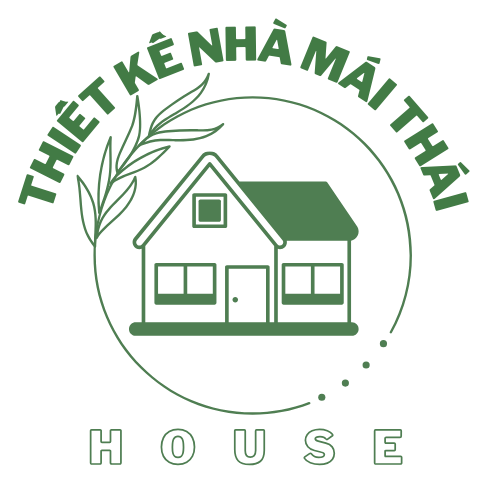Over the past decade, deep learning technology has reshaped various sectors, but possibly no domain has seen more impressive advancements than visual content creation.
At the cutting edge of this revolution are GAN models – a brilliant deployment of neural networks that have revolutionized how we create images.
The Basics of GANs
GAN technology were originally proposed by computer scientist Ian Goodfellow and his research group in 2014. This novel framework comprises two neural networks that operate in tandem in an adversarial dynamic.
The creative component, on adobe.com known as the creator, tries to develop graphical data that resemble genuine. The evaluative network, known as the evaluator, aims to distinguish between authentic images and those synthesized by the generator.
This adversarial process leads to a powerful refinement process. As the evaluator improves at recognizing generated images, the producer must enhance its talent to develop more convincing images.
The Development of GAN Architecture
Since their inception, GANs have gone through tremendous evolution. Early implementations were limited in synthesizing sharp images and often produced muddled or warped outputs.
But, subsequent iterations like Convolutional GAN (Deep Convolutional GAN), ProGAN, and Style Generative Adversarial Network have considerably upgraded output clarity.
Certainly the most impressive advancement came with StyleGAN2, designed by NVIDIA researchers, which can develop incredibly realistic human images that are often indistinguishable from authentic pictures to the general public.
Utilizations of GAN Frameworks in Visual Production
The applications of GAN models in digital imagery are wide-ranging and continue to expand. These are some of the most compelling utilizations:
Computational Creativity
GANs have established new frontiers for creative production. Applications like RunwayML allow creative professionals to create impressive pictures by merely inputting what they imagine.
In 2018, the picture “Portrait of Edmond de Belamy,” developed by a GAN, fetched for a surprising $432,500 at Christie’s sale, establishing the first exchange of an AI-generated piece at a significant gallery.
Visual Improvement
GANs excel at processes like image optimization. Technologies employing GAN systems can upscale low-quality images, repair damaged photos, and even chromatize monochrome photographs.
This capability has considerable applications for archival work, permitting for old or deteriorated photographs to be refreshed to extraordinary quality.
Dataset Enhancement
In AI, having access to large data collections is critical. GANs can create more instances, facilitating overcome limitations in obtainable examples.
This implementation is exceptionally useful in fields like medical imaging, where security factors and rarity of certain conditions can limit usable information.
Fashion Innovation
In the clothing sector, GANs are being used to design new apparel, adornments, and even entire collections.
Style professionals can use GAN systems to visualize how specific styles might display on multiple figures or in various hues, significantly quickening the production pipeline.
Content Creation
For media producers, GANs supply a robust capability for producing novel pictures. This is specifically helpful in fields like commercial media, electronic entertainment, and social media, where there is a unending appetite for new imagery.
Technical Challenges
Although their impressive capabilities, GANs persistently confront many engineering hurdles:
Convergence Issues
A critical issue is development instability, where the developer develops only a limited variety of content, disregarding the entire spectrum of conceivable visuals.
Input Imbalance
GANs develop based on the examples they’re exposed to. If this data includes prejudices, the GAN will duplicate these predispositions in its generations.
To exemplify, if a GAN is predominantly instructed on photographs of select populations, it may have difficulty generate varied representations.
Hardware Requirements
Building advanced GAN systems necessitates considerable computational resources, encompassing advanced GPUs or TPUs. This generates a constraint for countless enthusiasts and less resourced groups.
Moral Questions
As with countless digital innovations, GANs raise major ethical challenges:
Fabricated Media and Misleading Information
Maybe the most alarming implementation of GAN tools is the fabrication of fabricated media – highly realistic but synthetic visuals that can present genuine people acting or expressing things they didn’t actually said or did.
This ability poses important questions about deception, political manipulation, unauthorized explicit content, and other negative deployments.
Security Matters
The capability to produce genuine visuals of humans generates important confidentiality questions. Uncertainties about authorization, proprietorship, and appropriate use of semblance become more and more essential.
Aesthetic Merit and Credit
As AI-synthesized art becomes more complex, discussions arise about authorship, attribution, and the value of human creativity. Who should receive credit for an image generated by an AI tool that was designed by coders and instructed on humans’ productions?
The Horizon of GAN Technology
Looking ahead, GAN frameworks constantly progress at a fast velocity. Multiple promising evolutions are on the horizon:
Hybrid Systems
Upcoming GANs will likely evolve steadily able of functioning across different media, integrating written content, visual, acoustic, and even cinematic elements into consistent generations.
Better Management
Scientists are building methods to provide users with greater direction over the developed output, allowing for more exact tweaks to particular aspects of the produced outputs.
Improved Efficiency
Next-generation GAN architectures will likely become more economical, needing fewer computational resources to build and function, making these tools more available to a broader assortment of operators.
Ending
GAN models have indisputably transformed the domain of computational visuals. From synthesizing visual creations to advancing clinical imaging, these strong frameworks continue to broaden the possibilities of what’s viable with machine learning.
As the technology unceasingly develop, handling the substantial beneficial implementations with the ethical dilemmas will be critical to establishing that GAN models contributes positively to our world.
If we’re utilizing GANs to synthesize remarkable graphics, revitalize old images, or further healthcare studies, it’s apparent that these exceptional models will constantly transform our image ecosystem for eras to come.
ai nudifiers
